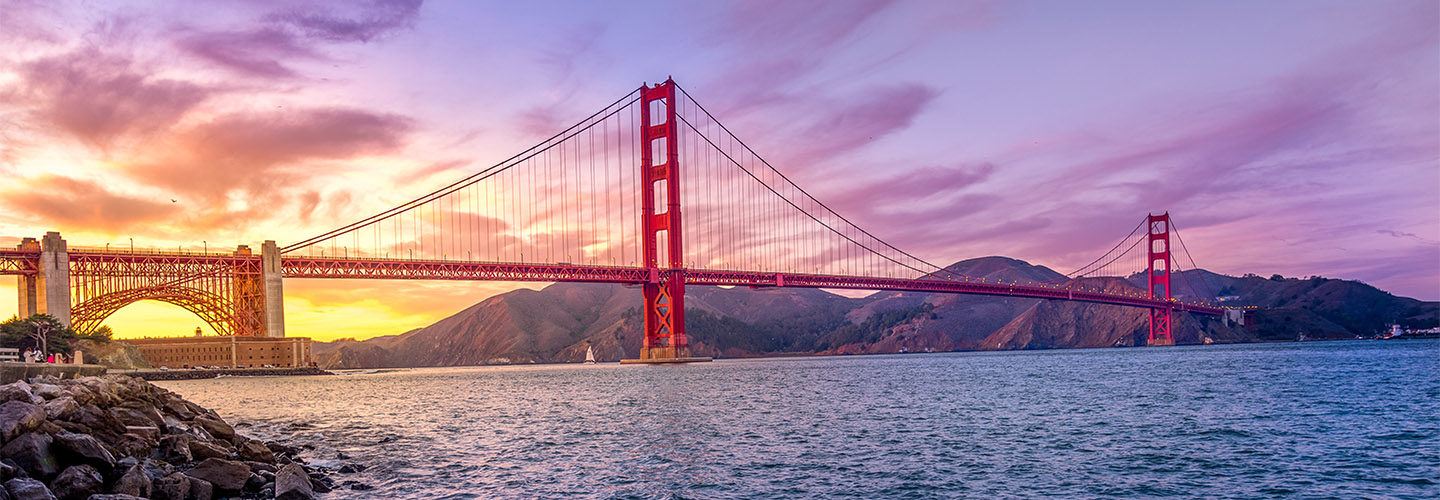When I was in medical school, I developed an obsession with the Golden Gate Bridge. The history, the construction, the engineering, the almost unbelievable aesthetics. At least a couple of times each month I would make the trek up to the northwest corner of San Francisco from Palo Alto to spend half a day walking back and forth across the bridge. I could tell you exactly how the sound of the passing cars and gusting wind changed depending on exactly where I stood. It’s the most beautiful bridge in the world. It’s also one of the most common places to die by suicide.
This juxtaposition of beauty and tragedy associated with this magnificent structure is poignantly evident in the 2006 documentary The Bridge, which I highly recommend watching in its entirety, though I caution you, it is a very difficult film to watch. The filmmakers, who were inspired by Tad Friend’s 2003 equally exceptional New Yorker article “Jumpers”, shot almost 10,000 hours of footage of the Golden Gate Bridge, capturing on film 23 of the 24 known suicides off of the bridge in 2004.
An estimated 1,400 lives have been lost to suicide off of the bridge in its nearly 90-year history, casting a dark shadow on the landmark and raising the question: can these tragedies be prevented?
Debate over suicide barriers on the Golden Gate Bridge has raged for decades. According to Tad Friend, the idea of building a barrier was first proposed in the 1950s, but until very recently, the Golden Gate’s board has resisted such proposals.
I used to think a barrier was a bad idea. I figured that if someone was planning to take their own life, they would simply go elsewhere if they could not jump off the Golden Gate Bridge. Why bother spending time and money on an unsightly barrier that ultimately provides no benefit? Furthermore, I was so obsessed with the perfect architecture of this bridge that I could not imagine such a sullying eyesore being attached to such a magnificent structure for no imaginable benefit. Or so I thought. The evidence tells a different story, one which has reversed my way of thinking on this subject.
In 1978, Berkeley researcher Richard Seiden published a study that questioned whether those deterred from one suicide attempt would go on to die in a subsequent attempt. Seiden followed 515 people who had been restrained from attempting suicide from the Golden Gate Bridge. He found that after more than 26 years of follow-up, about 5% (25 people) died by suicide, while about 94% were either still alive (452 people) or had died from natural causes (31 people).
Seiden wrote:
The major hypothesis under test, that Golden Gate Bridge attempters will surely and inexorably “just go someplace else,” is clearly unsupported by the data. Instead, the findings confirm previous observations that suicidal behavior is crisis-oriented and acute in nature. Accordingly, the justification for prevention and intervention such as building a suicide prevention barrier is warranted and the prognosis for suicide attempters is, on balance, relatively hopeful.
Other research of its time confirms Seiden’s findings. A previous suicide attempt certainly increases the risk for future suicide, but the vast majority who survive a suicide attempt do not go on to die by suicide. This research supports the contention that suicidal behavior may be momentary, and if the opportunity is thwarted, many of these people may be saved. A Harvard School of Public Health article reviewing nearly 100 studies found that about nine out of ten people who attempt suicide and survive will not go on to die by suicide at a later date. There’s also some evidence to show directly that suicide prevention features such as nets or railings reduce the number of suicides not only at the site where those features have been installed, but also at all nearby sites as well.
Progress in medicine and virtually every aspect of society relies on our ability to change our minds in response to convincing evidence. We now accept that Earth isn’t the center of the solar system and that infections aren’t the work of demons. As a physician, I’m required to stay up-to-date in my field and adjust clinical strategies accordingly. Though it’s easy enough to accept, say, a new diabetes drug that improves glycemic control, I find the task of changing my mind to be far more difficult when it comes to things that are personal or emotional – for instance, when it comes to changing a beloved landmark I have perfectly preserved in my memory. And yet, debates charged with emotion are often those with great impact, and I need to remind myself that it’s all the more important in such cases to remain receptive to evidence.
In 2018, construction began on the Golden Gate Bridge Suicide Deterrent System, also known as the Safety Net. It is expected to be completed in 2023. So this bridge, which I’ve come to know so well and admire so much, might have some unfamiliar details the next time I see it. But as Tad Friend concluded in a 2014 follow-up article to “Jumpers,” the Safety Net “might mar the soaring profile of the bridge a little. But, as the board’s members seem finally to have grasped, beauty is not the only thing we need in order to live.”
— Peter
Help is available: If you are having thoughts of suicide, please call the National Suicide Prevention Lifeline at 1-800-273-8255.




